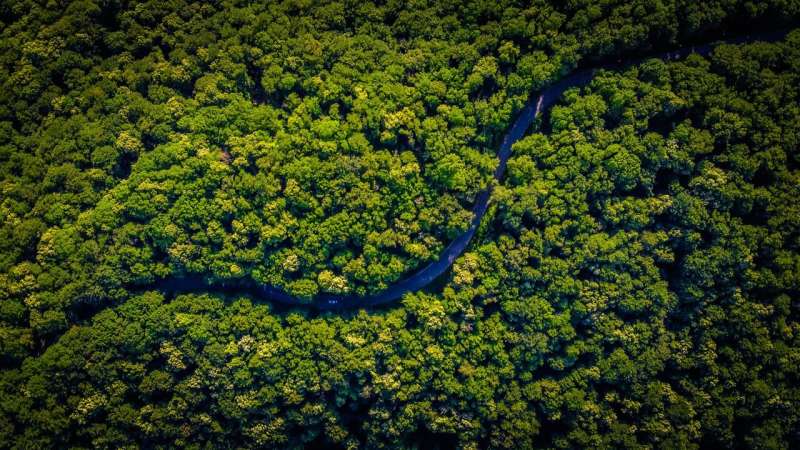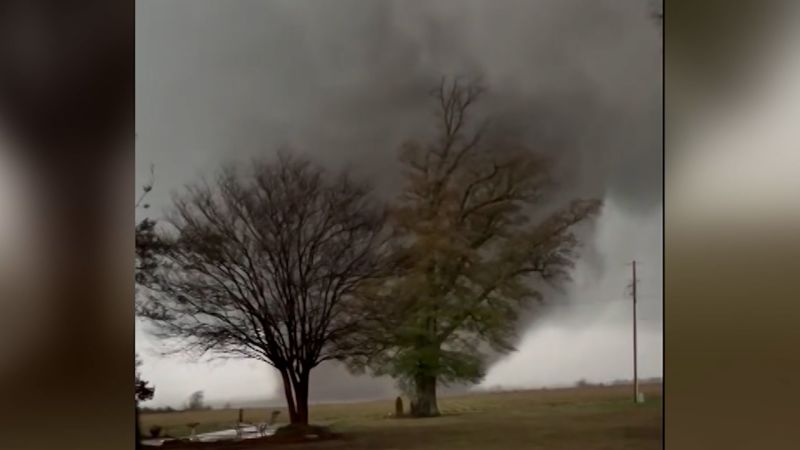
March 17, 2025 This article has been reviewed according to Science X's editorial process and policies . Editors have highlightedthe following attributes while ensuring the content's credibility: fact-checked trusted source proofread by University of Strathclyde, Glasgow The natural process of locking away carbon dioxide (CO 2 ) appears to be in decline—and climate change will accelerate as a result, a University of Strathclyde study warns. Researchers found that the levels of CO 2 retained in vegetation through this process, which is known as sequestration , had been increasing at 0.
8% per year in the 1960s, but peaked in 2008 and are now falling at 0.25% per year. If its growth rate of the 1960s had continued, natural sequestration would have increased by 50% from 1960 to 2010, but if its current rate of decline continues, it will have reduced by half in 250 years.

Canceling out Sequestration offsets some of the emissions generated by human activity, which have recently been increasing by around 1.2% a year. Canceling this out would require these emissions to fall by 0.
3% annually—equivalent to around 100 million tons of CO 2 . The study is published in the journal Weather . James Curran, a Visiting Professor at Strathclyde's Centre for Sustainable Development, co-author of the study with Dr.
Sam Curran, said, "Most of the Earth's land mass is in the Northern Hemisphere, and during the northern summer, the abundant vegetation of the north absorbs a huge amount of CO 2 from the atmosphere. "In the northern winter, some of this CO 2 is released back into the atmosphere through the natural biodegradation of dead vegetation, but a portion remains locked in roots, soil and dormant woody matter. The overall curve of CO 2 concentrations still rises year-on-year, owing to additional emissions from human activity.
"It's urgent that every effort is made to rebuild biodiversity and associated ecosystem services , including sequestration. Deforestation must stop; rewilding must be encouraged; forest fires must be prevented. For large-scale habitats, which are more resilient and offer enhanced ecosystem services, defragmentation must be prioritized; fossil fuels must be phased out; timber and fiber products must be reused for as long as possible, as part of a wider circular economy.
" Professor Curran added that there was a widespread belief that sequestration was still increasing but would begin to decline at some point in the future, whereas data showed the fall was already underway. He said, "It is known that increasing CO 2 in the atmosphere acts like a plant fertilizer, while a warming world also allows vegetation to grow more rapidly and easily, particularly in the extensive chilly northern latitudes of Canada and Russia. "Satellite observations are reported as seeing the Earth becoming 'greener' as vegetation spreads.
However, that simple assumption is countered by all the other effects that can kick in, including damage to vegetative growth by excessive heat, drought, floods, wind damage, wildfires, desertification and potentially wider spread of plant pests and diseases." More information: James C. Curran et al, Natural sequestration of carbon dioxide is in decline: climate change will accelerate, Weather (2025).
DOI: 10.1002/wea.7668 Provided by University of Strathclyde, Glasgow.















